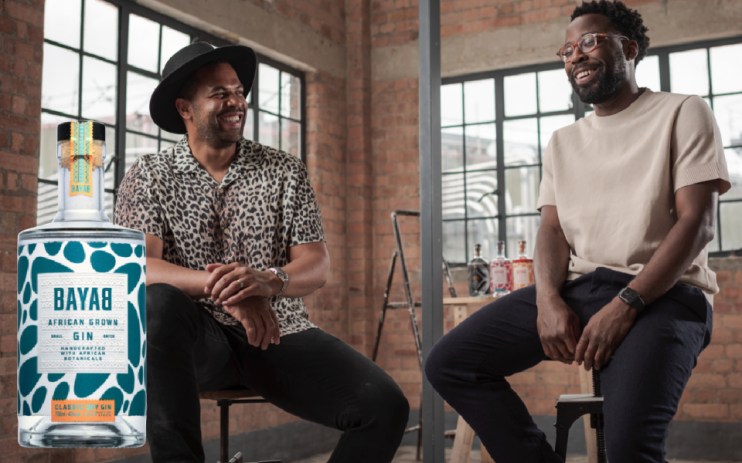Why African spirits are an exciting frontier in the world of booze

Even the most experienced of bartenders could perhaps be forgiven for having a blind spot when it comes to African spirits. While the continent has a long and varied distilling history, its produce has tended to be consumed on the continent rather than exported.
But a wave of new distillers are hoping to change that. One of them is London-founded Spearhead Spirits Group, which is hoping its award-winning Bayab could become the next in-gin.
Distilled from Zambian baobab – also known as the upside down tree – Bayab Gin is made in South Africa’s Midlands, a region in Kwazulu-Natal that stretches from Mooi River all the way to the foothills of the Drakenburg mountains. The baobab fruit at the heart of the gin comes from Zambia and Madagascar and gives the spirit a fresh, citrus flavour.
“Our brands not only increase diversity and challenge cultural bias in the sector,” says co-founder Damola Timeyin, “but being produced on the African continent allows us to show the world what Africans have always known about their culturally and resource rich continent.”
Timeyin, a global creative strategist working at Facebook and Instagram, founded the company alongside former GB youth basketball player and Surrey publican Chris Frederick, who he met at Leeds University.
Spearhead’s Vusa, meanwhile, is a premium copper distilled vodka that uses the sugar cane grown naturally in Kwazulu-Natal’s subtropical climate.
The world’s first floral rum also comes from South Africa courtesy of Suncamino. Meaning “journey to the sun”, it is aged for up to eight years and infused with hibiscus, honeybush and orange blossom.
“We wanted to bottle and share the feeling of Cape Town, where wild, picturesque landscapes meet an eclectic mix of cultures, tastes, sounds and sights,” says Stewy Van Der Berg, who founded the brand with Inus Smuts.
Caribbean sugarcane molasses is distilled in both pot and column stills. The signature blend is then tropically aged in French oak, ex-bourbon barrels in Barbados, before travelling to South Africa’s Cape Floral Kingdom for the final floral touches.
In the same famously botanical region, another South African gin is made with “fynbos”, the diverse floral vegetation unique to the Cape area. Inverroche uses hand-harvested botanicals including sour fig, citrus buchu and African sage.
The fynbos used is Helichrysum Petiolare, more commonly known in South Africa as Kooigoed or Imphepho, which has a soft, delicate, floral note, and gives the Inverroche Verdant gin its earthy undertones. The brand takes its name from the combination of the Scottish word “inver” meaning ‘a confluence of water’ and the French word “roche”, meaning ‘rock or stone’.
Kenya also boasts Procera Gin. Made with wild, high-altitude, equatorial juniperus procera (tall juniper) harvested by the local community in the highland forest of Kijabe. The Nairobi-distilled gin, which comes in a hand-blown ‘Kitengela Hot Glass’ bottle has already won gold twice at the San Francisco spirits awards.
The continent’s other gins include the rosewater Musgrave; Muti (the Zulu word for medicine); Cape Town’s Empire Gin; The Deep South Distillery’s Spice Island Gin; and the only African blood orange gin, Bloedlemoan. Last but not least, there’s the world’s first elephant dung gin; Savannah vegetation gives Indlovu Gin its uniquely wooded, earthy flavours.